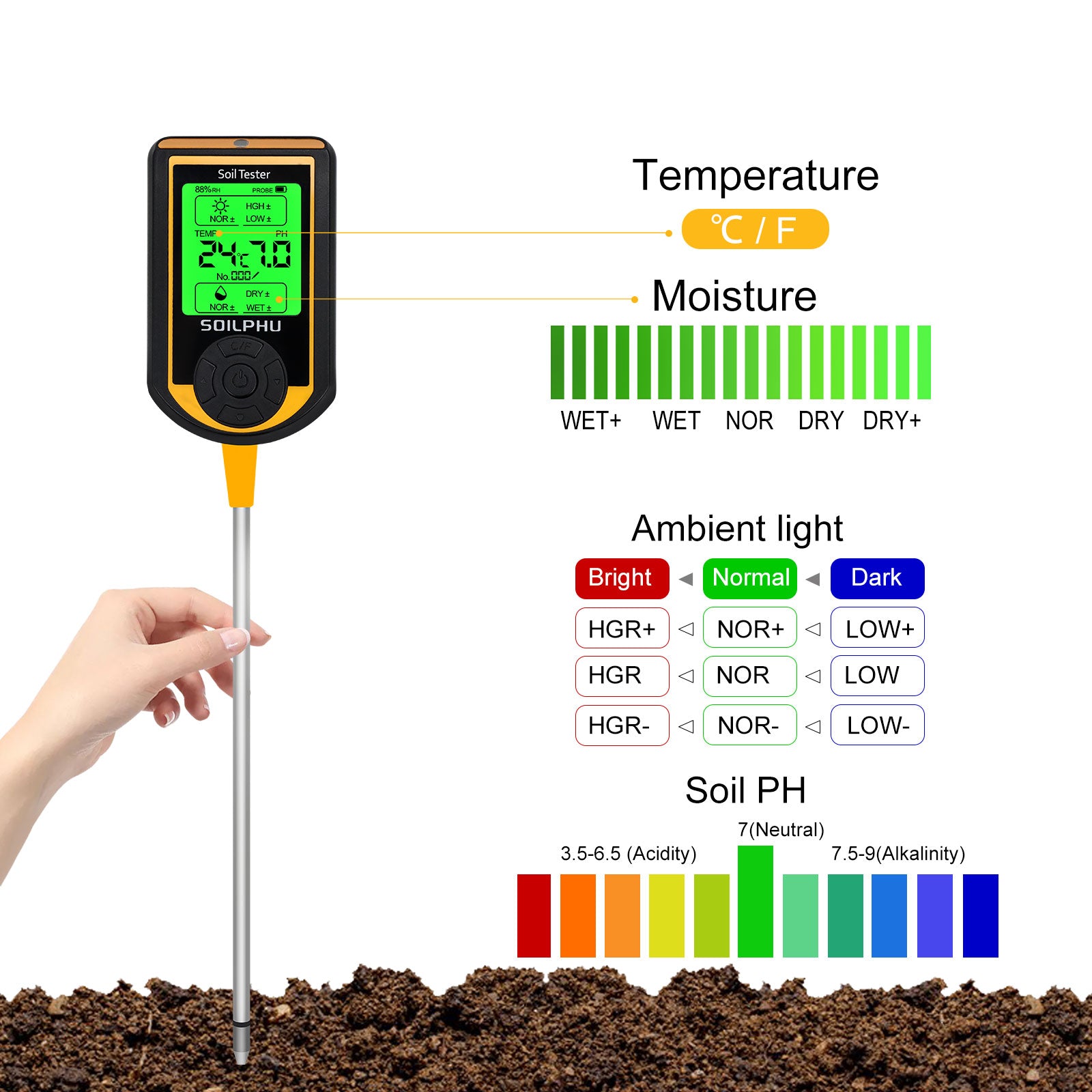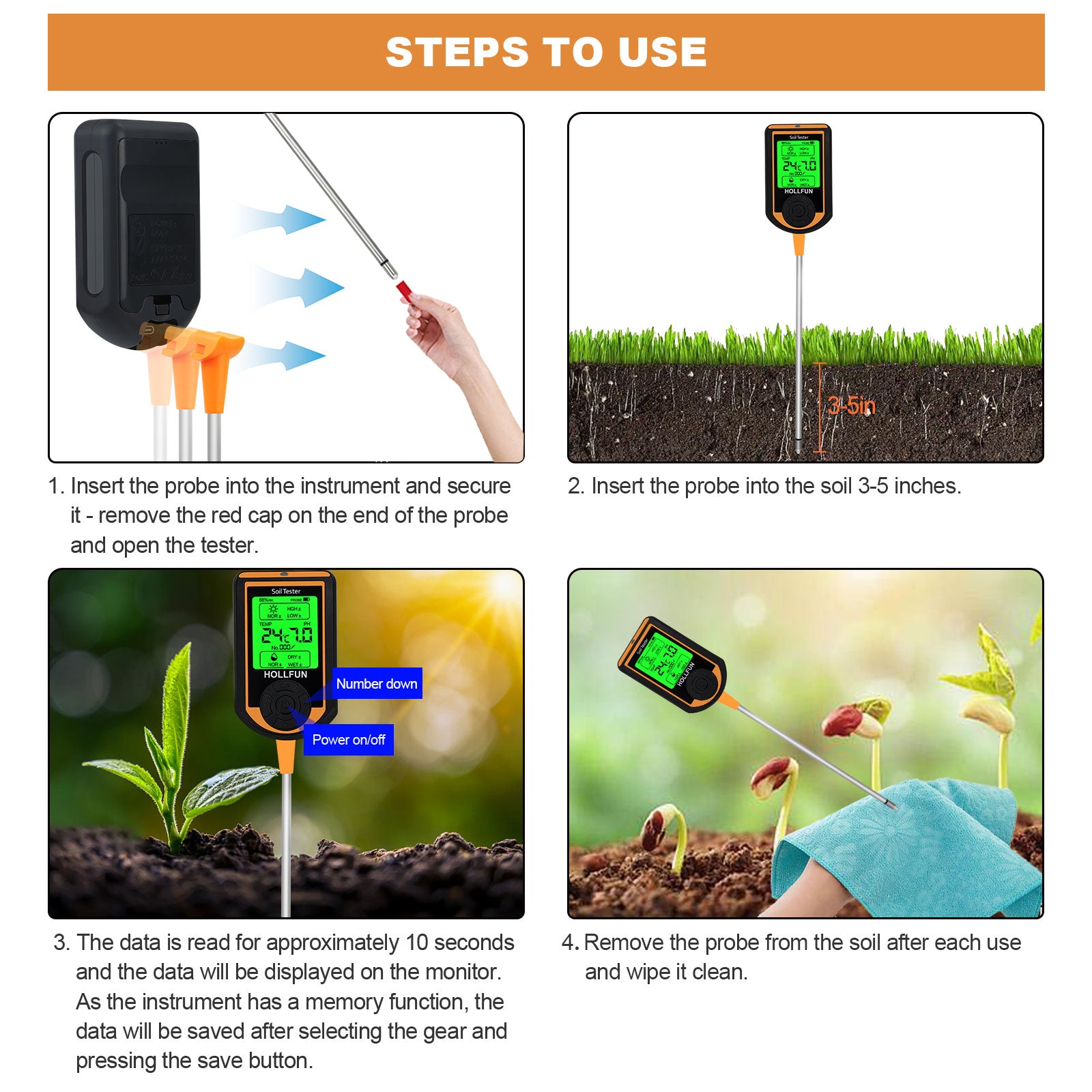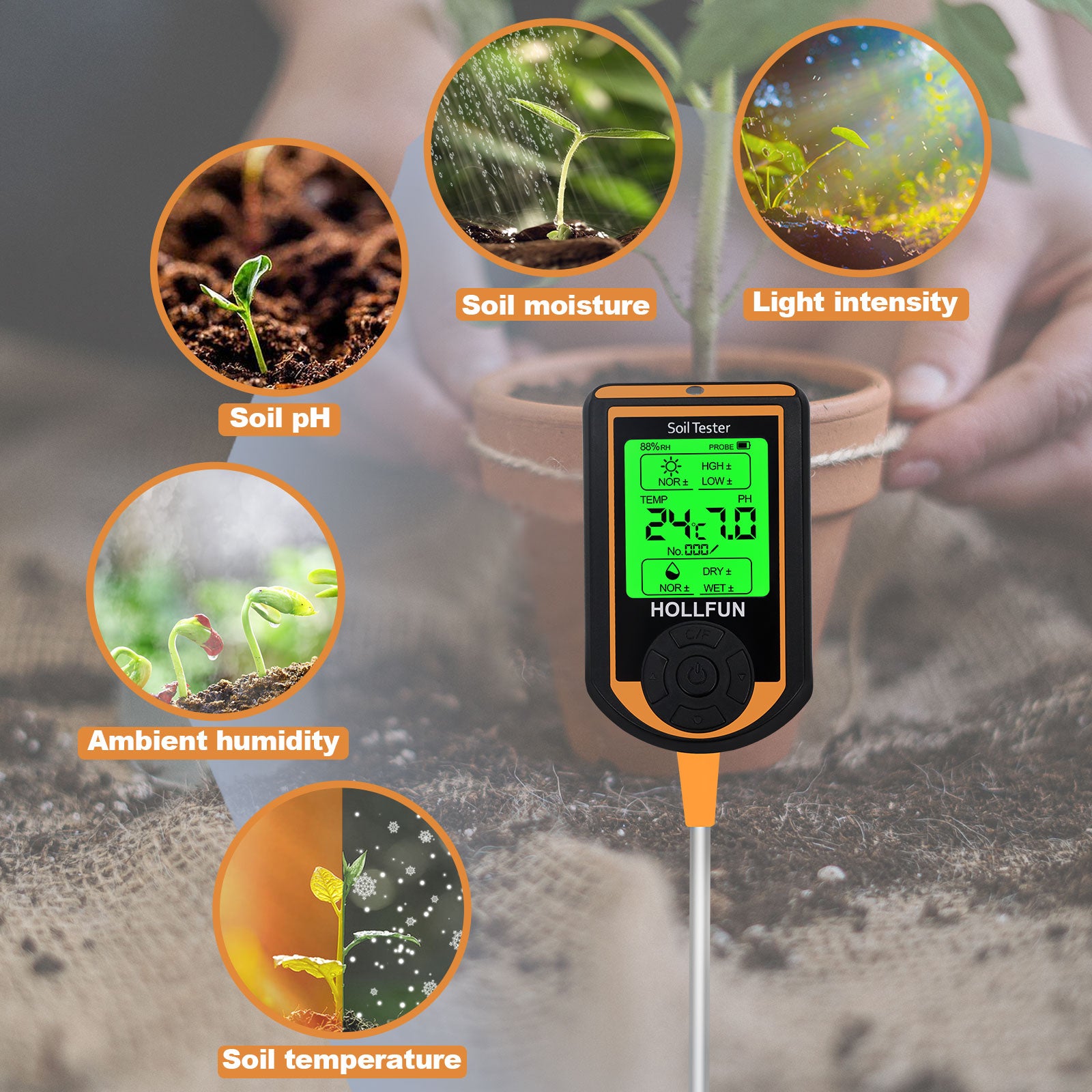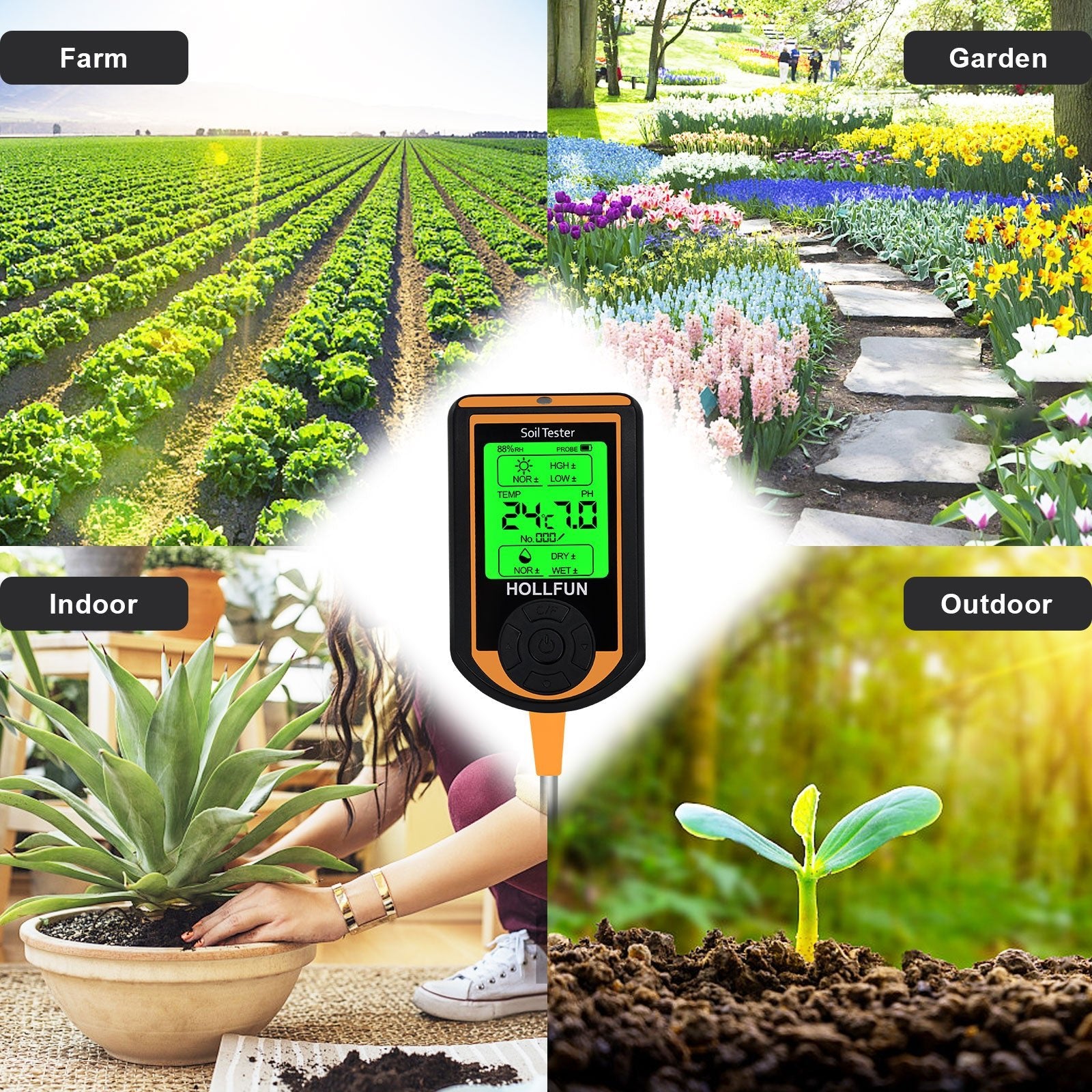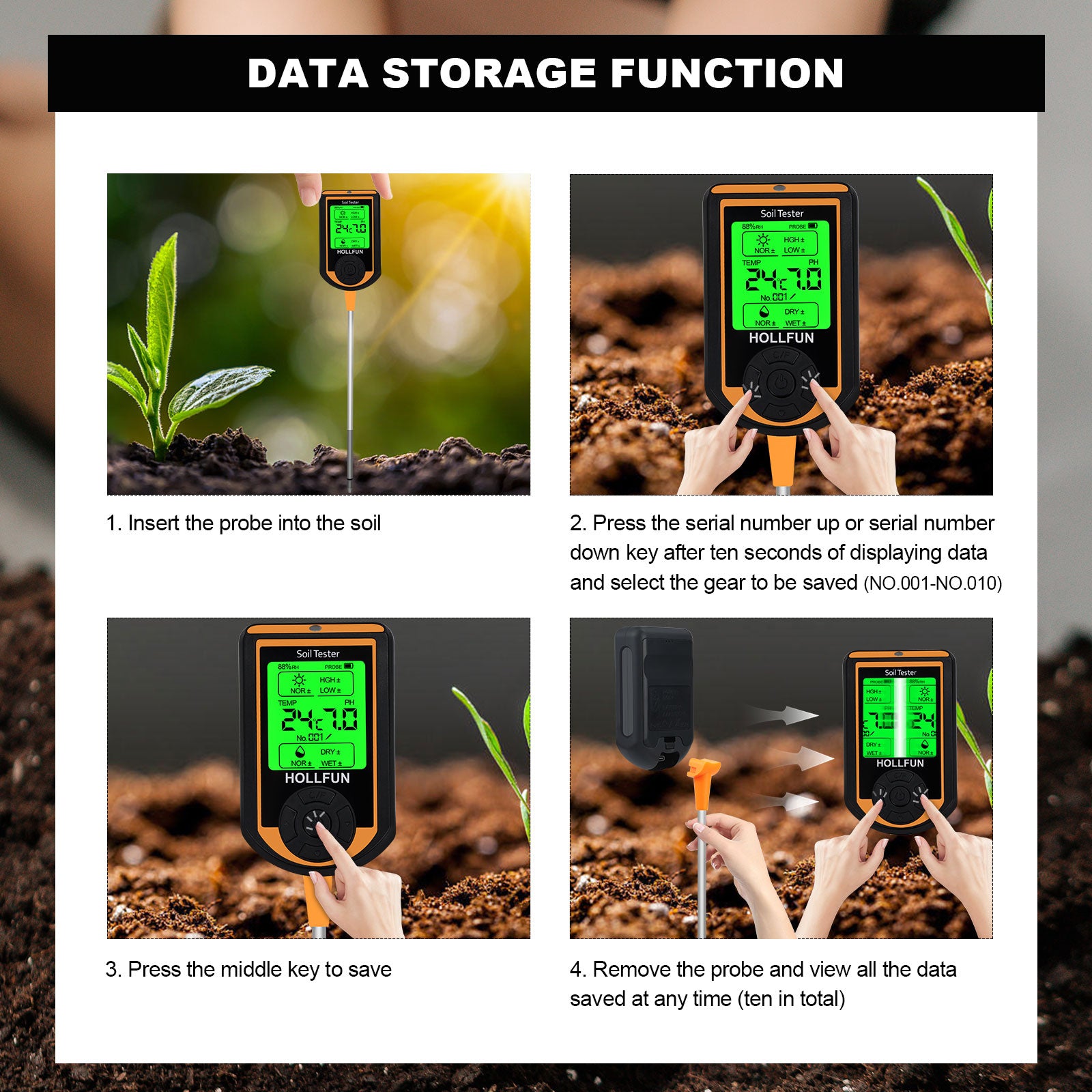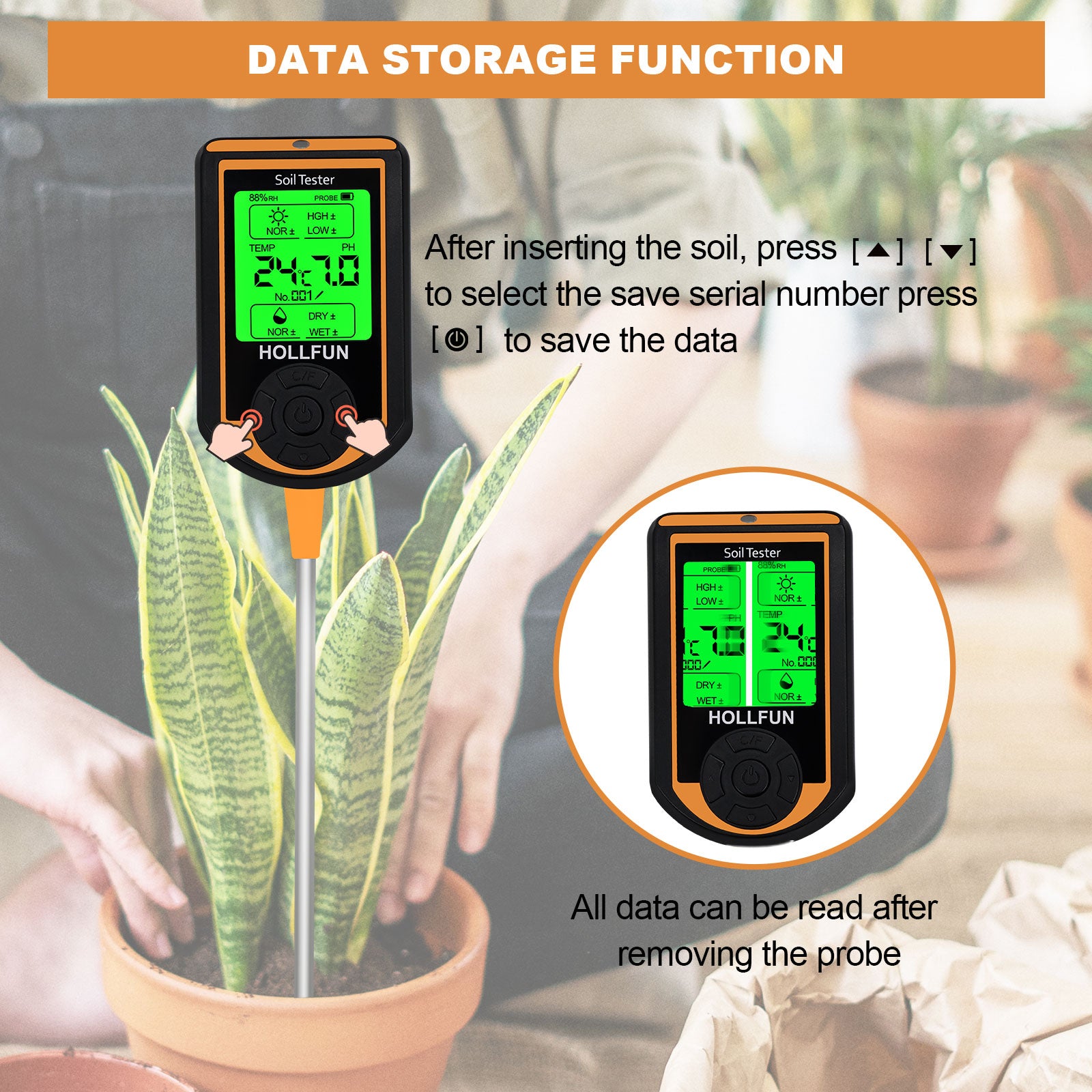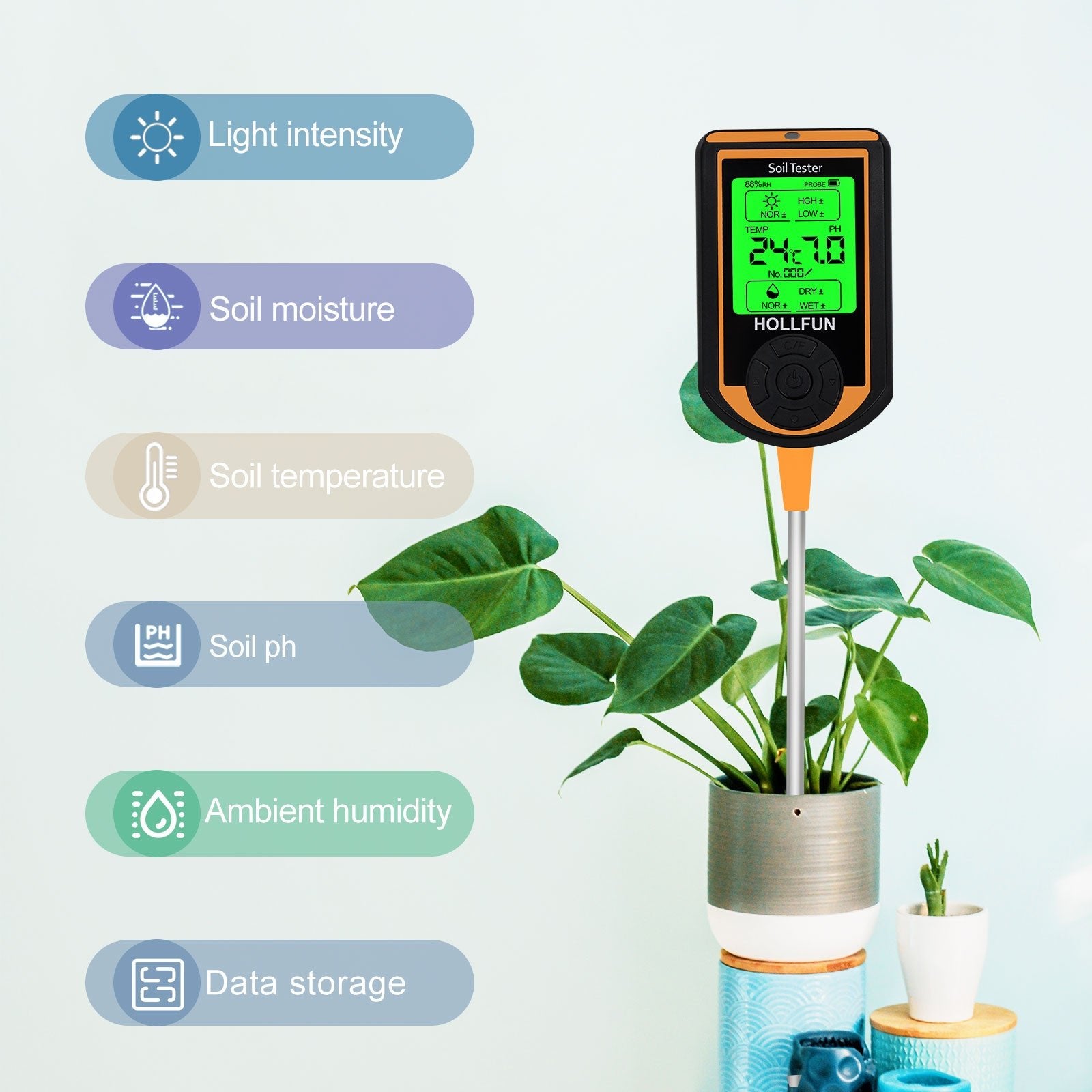Once your beloved plants are afflicted with pests or diseases, the first thought is to spray medication to them. Choosing the right and targeted medication is crucial, but only by using the correct spraying method can the efficacy be fully realized, and pests and diseases can be thoroughly eradicated.
Timing for Spraying
- When pests or diseases appear, it's essential to spray as early as possible. However, if it's raining or about to rain, you should wait until after the rain to apply the treatment.
- In spring and autumn, there's no need to be overly concerned about the timing of spraying. In summer, spraying should be done in the morning or evening, avoiding high temperatures and direct sunlight in the midday or afternoon to prevent harm to the plants.
Concentration of Medication
- Medicines produced by reputable manufacturers will indicate the normal dosage, such as 1ml of medicine mixed with 1000ml of water (1:1000).
- For preventive treatment before pests or diseases appear, you can reduce the concentration of the medicine. For example, if the normal ratio is 1:1000, for preventive treatment, it can be 1:1200.
- After pests or diseases occur, follow the standard dosage. If the infestation is severe, you can increase the concentration of the medicine, for instance, using a ratio of 1:800 instead of 1:1000.
Dilution Methods for Medication
- If the medicine is liquid, you can directly mix it with water in the required proportion.
- For solid or powdered medicines, use a two-step dilution method. Dissolve one-third of the total amount in water first and then add the remaining water.
Spraying Techniques
- It is crucial to emphasize that spraying must cover the front and back of leaves, stems, and the surface of the potting soil.
- When spraying the entire plant, many people tend to overspray, resulting in excessive residue on the plants. This can impact the plants even if the pests or diseases disappear. The correct amount to spray is to evenly cover the surfaces of leaves and stems without forming water droplets and without allowing excessive residue on the plant surfaces.
Spraying Interval
- Most pests and diseases cannot be eliminated with a single application of medication. The instructions for most medicines will specify the interval between sprays, please follow these instructions.
- If unsure about the spraying interval, spray every 3-5 days, avoiding continuous spraying or long intervals.
Resistance to Medication
- After repeated use of a specific targeted medication, pests and diseases may develop resistance. In such cases, using the same medication again may result in poor effectiveness. After successfully treating a specific pest or disease with one medication, it's advisable to use a different medication if the same problem reoccurs.



